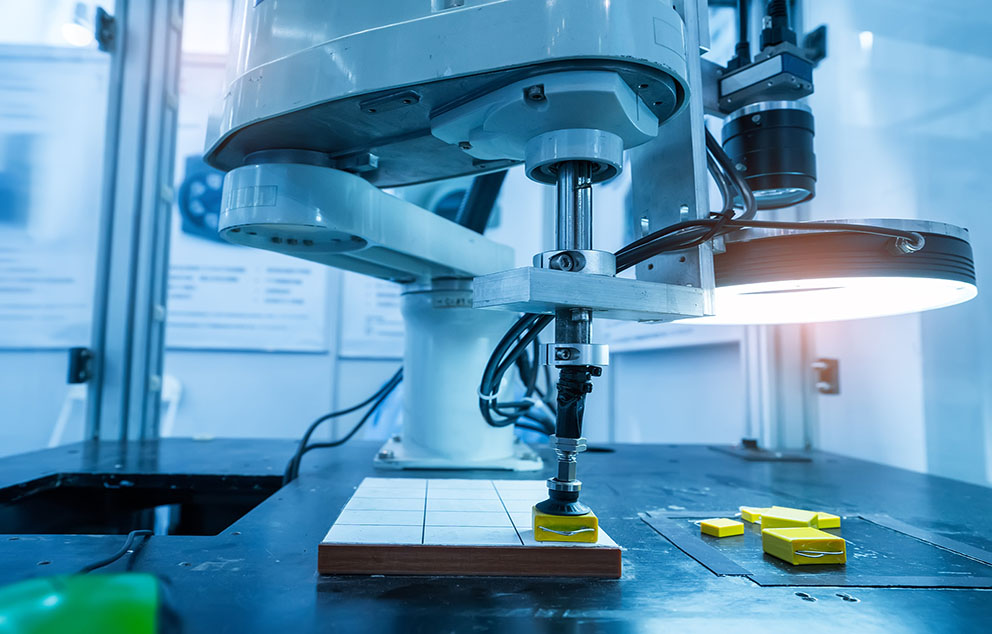- Have any questions? Contact Us Now !
- +65 6547 4162
- sales@bestell.com.sg
All 8 Types of Vision Systems on the Market
All Types of Vision Systems In The Market
January 8, 2018What are area-scan cameras used for?
September 7, 2018All 8 Types of Vision Systems on the Market

The potential repercussions of defective goods entering the market together with the prospect of a consequential forced recall are among a manufacturer’s biggest fears. Even when the defect is not fatal, consumers can still easily share about their experiences with your product, potentially leading to damaging reputations. As such, a large amount of resources are often dedicated to quality control.
At the forefront of the latest quality control technology are vision systems, automated solutions that aid in defect detection and correction. These systems help to increase the accuracy of inspections and lower the manpower cost required to maintain quality control over your products.
There are currently eight main types of vision systems on the market, and this post will briefly explain each of them. Do note that not all of the eight are mutually exclusive, indeed some do overlap with each other.
1D Vision Systems
1D Vision Systems scans one line at a time before assessing the variance between the lines so as to determine if the batch has a defect. This system is best suited for inspecting materials produced in a continuous process, and is most commonly used in conjunction with a conveyer belt.
2D Vision Systems
Most 2D Vision Systems perform area scans, where 2D images are captured in varying resolutions. Most commonly, they are used for inspecting stationary objects (i.e. not on a conveyer belt) or in pick and place operations.
3D Vision Systems
Typically comprising of several laser sensors and cameras, 3D Vision Systems are used for more complex operations such as metrology, measuring thickness and guiding robots. Based on several techniques such as structured lighting and laser triangulation, this technology is highly precise in its measurement and will deliver much more data than its counterparts.
Area Scan System
Area scan systems are more commonly found as opposed to line scan systems as they are easier to implement and are more flexible. They use a matrix of pixels that capture 2D images of the desired object and contain both vertical and horizontal elements. Utilised for general applications, area scan cameras work best when objects are stationary.
Line Scan System
Less commonly used than area scan systems, the line scan camera employs a single pixel row to continuously scan the object as it linearly passes through the sensor. In doing so, a 2D image can be constructed and compared to past line scans. As such, it is better suited for high speed continuous applications.
Standalone Vision System
Standalone Vision Systems combine camera image capture features and computer image processing capabilities. As the name suggests, they do not require a central processing and instead can be programmed to handle their tasks directly. These systems tend to be cost effective and boast a friendly user interface and simple installation process. Additionally, they are air-tight, allowing them to perform in a variety of less than ideal environments. However, their effectiveness does take a dip as the complexity of a project increases.
PC Based Machine Vision Platforms
In direct contrast to standalone systems, PC based platforms involve a central processing PC unit connected to several normal cameras. The cameras in this system do not process the image, instead sending raw images to the PC unit to be converted into data. While more complex and costly to install, PC based platforms do allow for greater customisation via programming. Additionally, where an extensive number of cameras are needed, this system tends to scale better and cost less than its standalone counterpart.
Vision Controllers
While PC based platforms adequately handle complex tasks, one major drawback is their inability to perform in dusty environments or other less than ideal conditions. If you intend to install the system in harsh factory settings but still require the capability for complex programming, then a Vision Controller could prove to be a viable alternative.
In this article, we have briefly covered several types of vision systems. Choosing and setting up a vision system can be highly time consuming and capital intensive, but they do offer plenty of potential returns. If you wish to find out more about these devices, you can get in touch with a vision system expert who can analysis your business needs before recommending the optimal system for you.
